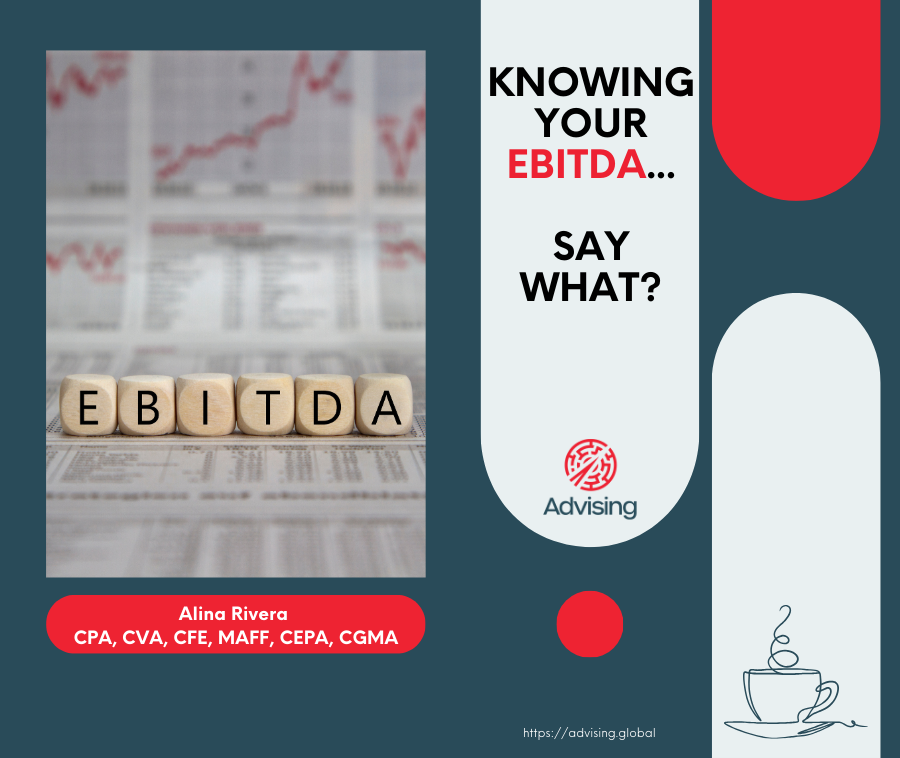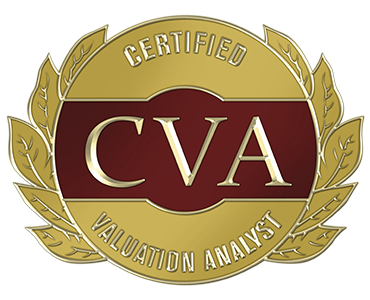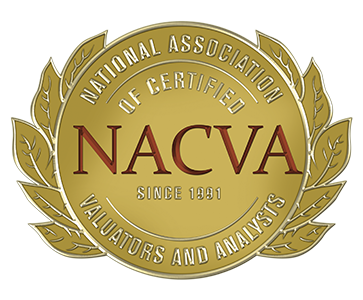
Before taxes, debt, and accounting fluff, what is your business really earning?
Ever nodded along in a meeting when someone mentions EBITDA and secretly hoped no one would ask you to explain it? Yeah. You’re not alone.
But if you run a business, even a small one, you need to know this one.
Okay, real talk.
Spanish is my first language, con acento y todo.
But when it comes to business? Uf!
I’m 100% fluent in Spanglish Financiero.
You know what I mean if you’ve ever said: “La depreciación acumulada del leasehold improvement está impactando el Net Income, pero el EBITDA se ve bien.”
Exactly.
So there I was, giving a financial talk to a room full of brilliant women entrepreneurs, en español, and someone asked me to define EBITDA live, letter by letter. On the microphone. In Spanish. No slides.
Se me enredó la lengua.
Because explaining Earnings Before Interest, Taxes, Depreciation, and Amortization on the spot, in two languages, is like trying to salsa dance in heels on a marble floor, possible, but dangerous.
I completed the task (thank God!), and I promised myself that next time, I’d make EBITDA clear and fun. Because it matters.
So, What Is EBITDA, Really?
EBITDA stands for:
Earnings Before Interest, Taxes, Depreciation, and Amortization.
I know. It’s a mouthful. But it’s really just a way to measure how profitable a business is based solely on its operations, before financial decisions (like how you financed your business or where you’re located) and accounting rules (like depreciation schedules) come into play.
In plain English?
EBITDA shows how much money your business makes from doing what it does—period.
- No debt.
- No tax strategies.
- No creative depreciation schedules.
Just operations.
Are you actually making money by running your business? That’s what EBITDA helps you see.
Why Investors and Buyers Love EBITDA
Because EBITDA is one of the cleanest ways to measure operational profitability without distractions. It levels the playing field.
You could have two companies:
- One that owns everything outright
- One that’s leveraged to the moon
Different tax rates. Different financing. Different accountants.
EBITDA removes the noise and uses the same metric to compare performance across industries, capital structures, and accounting styles.
It’s clean. Neutral. Efficient.
That’s why investors, lenders, and buyers rely on it—and why you should too.
But Don’t Be Fooled—EBITDA Isn’t Perfect
Because no metric is.
It doesn’t:
- Account for how much debt you carry
- Reflect cash flow (some companies with high EBITDA are still cash-strapped!)
- Tell you whether you’re investing enough in growth or infrastructure
It’s not a magic number, but it’s a powerful tool when used wisely.
Should You Track EBITDA?
If you want to grow, raise capital, or sell someday?
Absolutely.
Even if you’re not selling (yet), EBITDA helps you track the strength of your core operations. It’s not about being a finance pro. It’s about being a smart, strategic business owner who knows how to read the signals.
Cafecito Takeaway: Learn It. Use It. Own It.
Look at your numbers monthly. (We’ll talk about this habit next week!)
Not to judge. Not to panic.
But to understand your core strength.
Because when you know how your business operates at its most basic level, its unfiltered profitability, you can lead with more confidence, more clarity, and yes… more power.
EBITDA isn’t just for finance people and M&A lawyers.
It’s for smart business owners who are tired of flying blind.
You don’t need to memorize the formula or throw it into casual conversation like you’re on Shark Tank. But you do need to understand what it means, how it works, and why people care.
Because the moment someone asks about your EBITDA and you answer without blinking?
You don’t just own a business. You’re run it like a CEO. Not just a title. A whole mindset.













